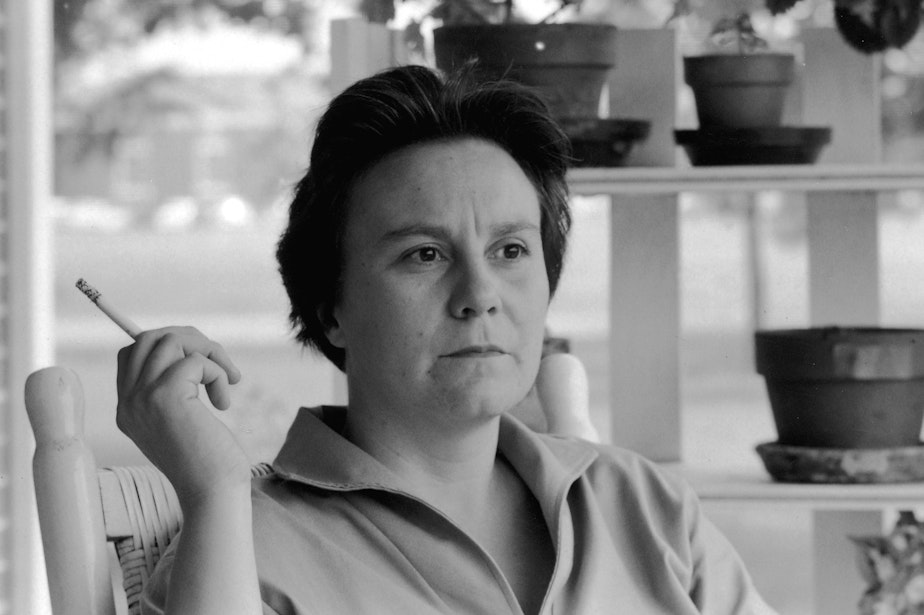Nostalgia And Nerves Ahead Of 'To Kill A Mockingbird' Sequel

Harper Lee’s second book will be out in July – will librarian Nancy Pearl grab the first available copy?
“You know, I don’t want to be disappointed,” Pearl said when we asked her on Tuesday. “I will definitely hold it in my hands and start reading it. But there’s always a chance that maybe there was a reason it wasn’t published.”
Hours earlier, HarperCollins Publishers had announced the July release of two million copies of "Go Set a Watchman," the sequel to "To Kill a Mockingbird."
Pearl first read "To Kill a Mockingbird" in college, when the Civil Rights movement was just beginning.
“For many people, when you say, ‘What’s one of the books that means the most to you?’ they say 'To Kill a Mockingbird,'” Pearl said. “Everyone as a child is faced with things that just don’t make sense. She did it so well.”
Sponsored
Lee finished writing "Go Set a Watchman" in the mid-1950s, before she wrote "To Kill a Mockingbird."
“It features the character known as Scout as an adult woman, and I thought it a pretty decent effort,” Lee, 88, wrote in a statement released by HarperCollins. “My editor, who was taken by the flashbacks to Scout's childhood, persuaded me to write a novel from the point of view of the young Scout. I was a first-time writer, so I did as I was told.”
"To Kill A Mockingbird," published in 1960, was an instant success. Lee, who didn’t publish another book, believed that the manuscript of "Go Set a Watchman" had gone missing.
“I hadn't realized it had survived, so was surprised and delighted when my dear friend and lawyer Tonja Carter discovered it,” Lee said. Carter had found it affixed to an original typescript of "To Kill a Mockingbird."
On The Record, writer Sherman Alexie recalled reading "To Kill a Mockingbird" as a fourth-grader on the reservation. He called it a “book of heroes.”
Sponsored
“I was in reservation school, and I just pulled it off the shelf and brought it home and read it,” Alexie said. “It was the first book I read where a minority was being defended. As a reservation Indian, I was familiar with the legal system being perverted and manipulated to destroy Native American lives.”
Pearl had read other books that featured people of color, because her parents were involved in the Civil Rights movement and sought out those books for her. (Both she and Alexie fondly recalled picture books by Ezra Jack Keats.) But "To Kill a Mockingbird" was unusual at the time for portraying African-Americans and the Civil Rights movement.
“For many people, as for Sherman Alexie, it was one of the first books that had a character of color in it,” Pearl said. “I think that was very important in many people’s lives.”


